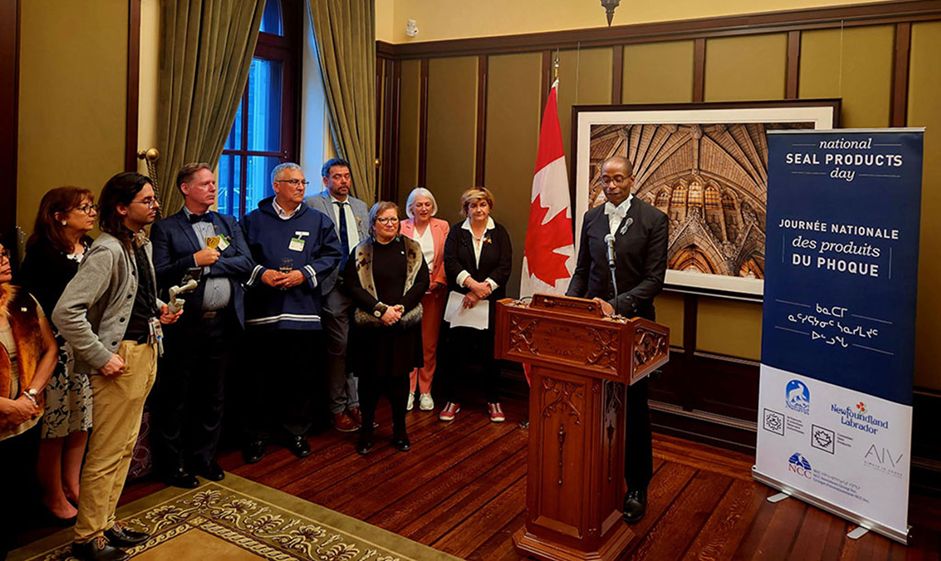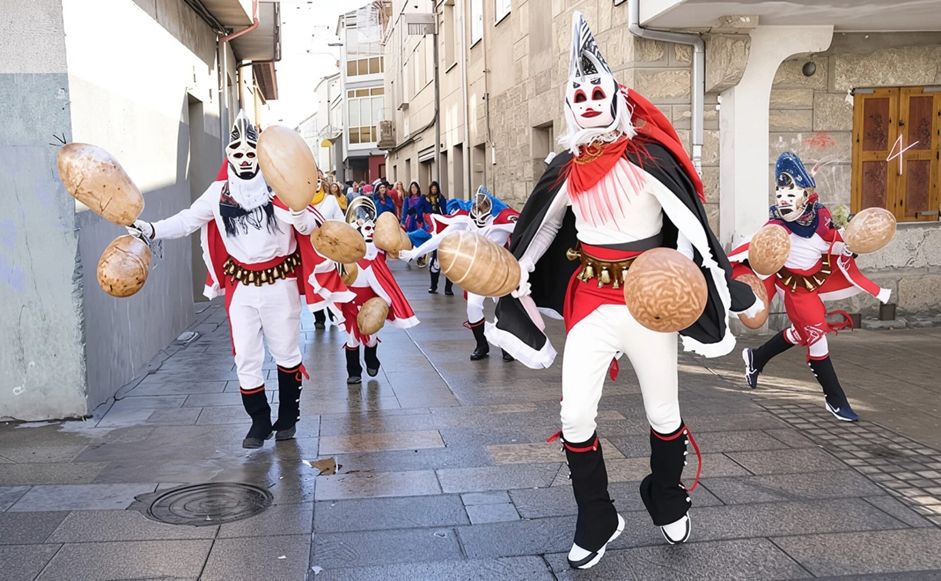As fans of seal traditions in Canada, we’ve had our share of curious looks when we say we’ve been to events serving seal meat. At first, it was curiosity – what does it taste like, how do chefs treat it, and why does it keep showing up in food conversations in Montreal and St. John’s?
What we found is that these aren’t just foodie experiments. They’re tied to heritage, livelihood, and sometimes conservation. And yeah, dishes at spots like Caribou Gourmand or Kraken Cru hit different when you’ve never seen seal on a plate before.
For us, it’s about culture, food, and traditions that connect people with seals – from Inuit practices to national days in Ottawa, and even festivals far beyond Canada’s borders.
Why Seals Hold a Special Place in Traditions
Seals in Canada are part of the fabric of life in northern and coastal communities. Indigenous peoples have relied on seals for thousands of years, using the meat for food, the blubber for oil, and the skins for clothing, tents, or tools.
Inuit elders sometimes describe seal hunting as a form of respect: “You don’t just take, you give back, and you use every part.” That’s why events that highlight seal culture often include not just cooking but storytelling, art, and song.
Even today, the Government of Canada emphasizes that sealing is not only cultural but also regulated:
“The Government of Canada is committed to supporting a sustainable, humane and well-regulated seal harvest that supports Canada’s Indigenous, rural and coastal communities.”
— Fisheries and Oceans Canada, 2022
Seals also appear in myths and symbols around the world. In Celtic and Icelandic lore, there are the selkies – seal people who can transform into humans. In Inuit traditions, seals are spiritual beings that teach survival. It makes sense that so many communities create rituals and festivals around them.
Canadian Seal Celebrations
Canada has a few events that bring seals into focus. Some highlight food, with chefs reworking a traditional ingredient for curious diners. Others carry a cultural or symbolic weight, marking the role seals play in coastal and Indigenous life.
Seal Fest
Detail | Info |
|---|---|
Where | Quebec (multiple cities) and St. John’s |
When | Annually in spring (dates vary) |
Organizers | RestoMania + seal distributors (Carino, SeaDNA) |
If you’ve never heard of it, that’s kind of the point. Sometimes called PhoqueFest (Greater Montreal, Quebec City, Sherbrooke, and the Magdalen Islands), this culinary event quietly links restaurants with distributors like Carino or SeaDNA. During the 2nd Edition of PhoqueFest, chefs in Montreal served dishes such as seal tataki, rillette, and even playful takes on comfort food.
The vibe has often been a mix of curiosity and hesitation. At Le Caribou Gourmand menu, seal was paired with Quebec wine, while the Kraken Cru Québec menu featured it in creative small plates alongside oysters – not unlike the experiments seen at Adelaide Oyster House in St. John’s.
Seal meat itself is lean, dark, and iron-rich – closer to venison or beef than to fish. In skilled hands, it can be surprisingly delicate. The Chinched menu in St. John’s, for example, has offered seal charcuterie with the refinement of a European bistro.

For some, it still feels unusual. Yet with quotas managed by agencies like MAPAQ, the event frames seal as more than a novelty – it becomes part of a broader Canadian food story that blends tradition with contemporary dining.
National Seal Products Day
Annually on May 20
Since 2017, Canada has officially recognized May 20 as National Seal Products Day. The law (S.C. 2017, c.5) makes it clear: this day is not a holiday but a symbolic recognition of sealing’s role in Canadian culture, heritage, and livelihoods.
Events in Ottawa have included receptions at the West Block with Inuit throat singers, artisans, and chefs. Booths have showcased seal oil supplements (popular for their omega-3 benefits, with frequent questions about where to buy seal oil in Toronto and other cities) alongside seal meat canapés curated by chefs such as Nathan from Pollennation in Newfoundland.
These gatherings often combine political recognition with cultural pride. Indigenous artisans like Cheryl Fennell have displayed seal fur fashion, while tastings of seal dishes remind attendees that sealing is more than an industry – it’s part of Canada’s living traditions.

For many, National Seal Products Day serves as a reminder that seal culture is not confined to remote communities but continues to shape national conversations about food, identity, and sustainability.
Seal Festivals Beyond Canada
Canada isn’t the only place where seals inspire community gatherings. Around the world, different cultures mark the importance of seals in their own way – some focus on conservation, others on spirituality or traditional hunting practices.
International Day of the Seal
Annually on March 22
Every year on March 22, people around the world observe the International Day of the Seal. It was created in 1982 by the U.S. Congress, mainly as a conservation push. Unlike Canada’s celebratory approach, this day is about protecting seals, not eating them.
Zoos, aquariums, and NGOs often mark the day with events promoted under hashtags like #InternationalDayOfTheSeal. In Canada, schools create projects on seal habitats and climate change, while in Europe, organizations such as the Seal Conservation Society coordinate fundraising and awareness campaigns.
It’s a reminder that seal culture has two sides: one focused on heritage and use, and another on conservation and awareness.

The Bladder Festival
Long before conservation campaigns, the Yup’ik people of Alaska held the Bladder Festival (Nakaciuq). It happened at the winter solstice. Hunters would inflate the bladders of seals they had caught, bring them into the communal house (qasgiq), and after several days of singing and ritual, return them to the sea.
The belief was that the seal’s soul lived in its bladder, and returning it respectfully meant the animal would be reborn and return for future hunts.
No one has held the festival for decades, but the story survives in anthropological records and oral history. For us, hearing about it felt like learning that even back then, people understood balance – take, but also give back.

Thoughts on Food, Tradition, and Debate
So, what struck us most? Honestly, it’s the range of ways people connect to seals. In a Montréal bistro, chefs framed it as food innovation – experimenting with dishes that spark curiosity. In Ottawa, receptions leaned toward heritage and political recognition, placing seal culture alongside national identity. Across the Atlantic, aquariums in Europe turned the focus toward conservation, while in Alaskan villages, stories of the Bladder Festival reminded us of spirituality and renewal.
Do controversies still swirl around seal meat? Absolutely. We’ve seen protests outside restaurants, debates on TV, and heated threads online. Yet at the same time, families in Newfoundland still treat seal stew as comfort food, and Inuit communities continue to describe sealing as survival and identity.
For us, the learning outweighed the awkwardness. We walked away with more respect for the chefs willing to push boundaries, for Indigenous leaders keeping traditions alive, and for conservationists reminding us of the bigger ecological picture. Seals spark debate, yes, but they also spark conversations we wouldn’t trade.
So yeah, seals spark debate. But they also spark conversations we wouldn’t trade.
Resources for Curious Readers
If you’re curious to explore seal culture further, here are some helpful starting points:
- Canadian Seal Products – canadiansealproducts.com
- MAPAQ (Ministère de l’Agriculture, des Pêcheries et de l’Alimentation du Québec) – official guidelines on seal products
- Seal Harvest – sealharvest.ca (information hub on Canadian sealing practices)
- Fisheries and Oceans Canada (DFO) – dfo-mpo.gc.ca (regulations, quotas, and science on seals)
FAQs
Where to buy seal meat?
Licensed suppliers like SeaDNA and Carino distribute in Canada. Some restaurants (e.g., Merchant Tavern, Toslow, Limoges Steakhouse) feature it on special menus.
Where to buy seal oil in Toronto?
Canadian Seal Products vendors offer capsules online and through specialty health shops. Always look for products labelled Proudly Indigenous or certified sustainable.
Is seal meat legal to eat in Canada?
Yes, it’s legal and regulated. Agencies like MAPAQ oversee health and safety, and quotas are set federally for sustainability.
Does it taste like fish?
Not really. Good cuts taste closer to beef or venison, with an iron-rich flavour. Only poorly handled cuts have a fishy taste.
Editor’s note: Festivals that celebrate seals remind us that culture isn’t black and white. Whether you’re watching throat singers in Ottawa, tasting tataki in Montréal, or reading about Yup’ik rituals in Alaska, seals keep surfacing in human stories. And that, in itself, makes them worth paying attention to.
